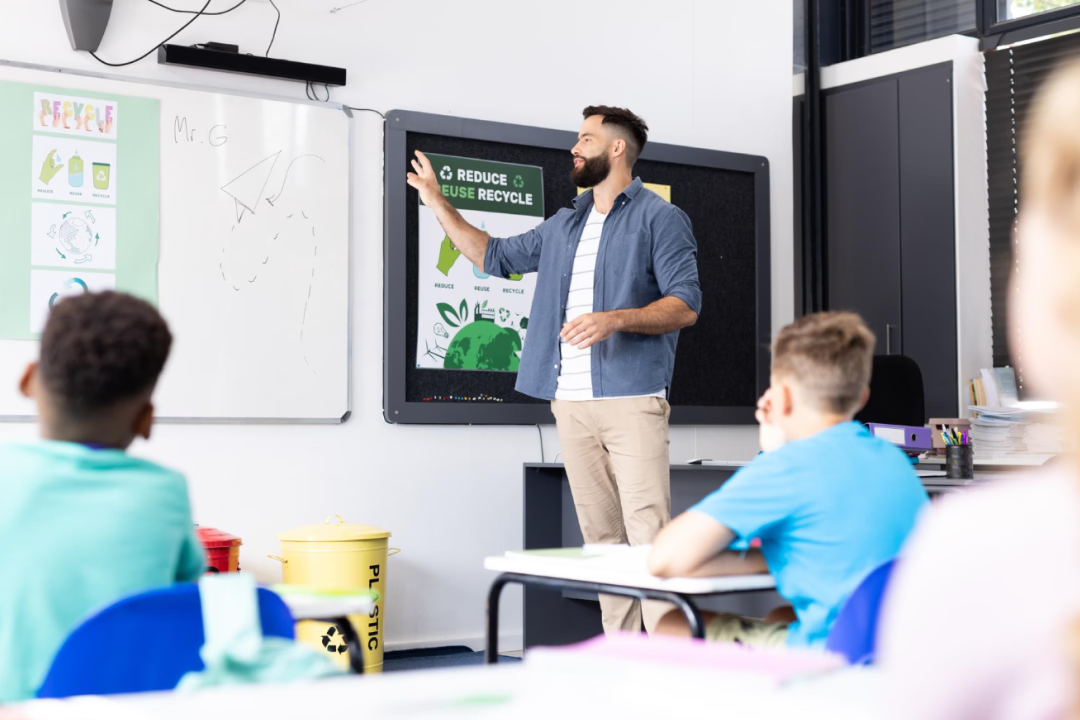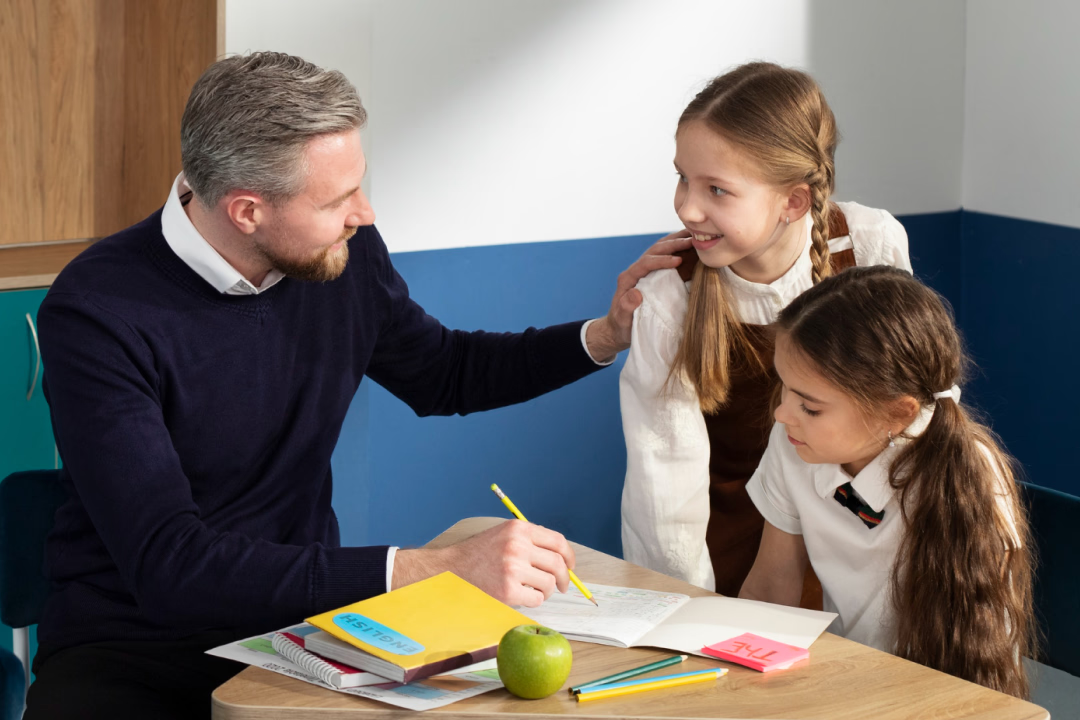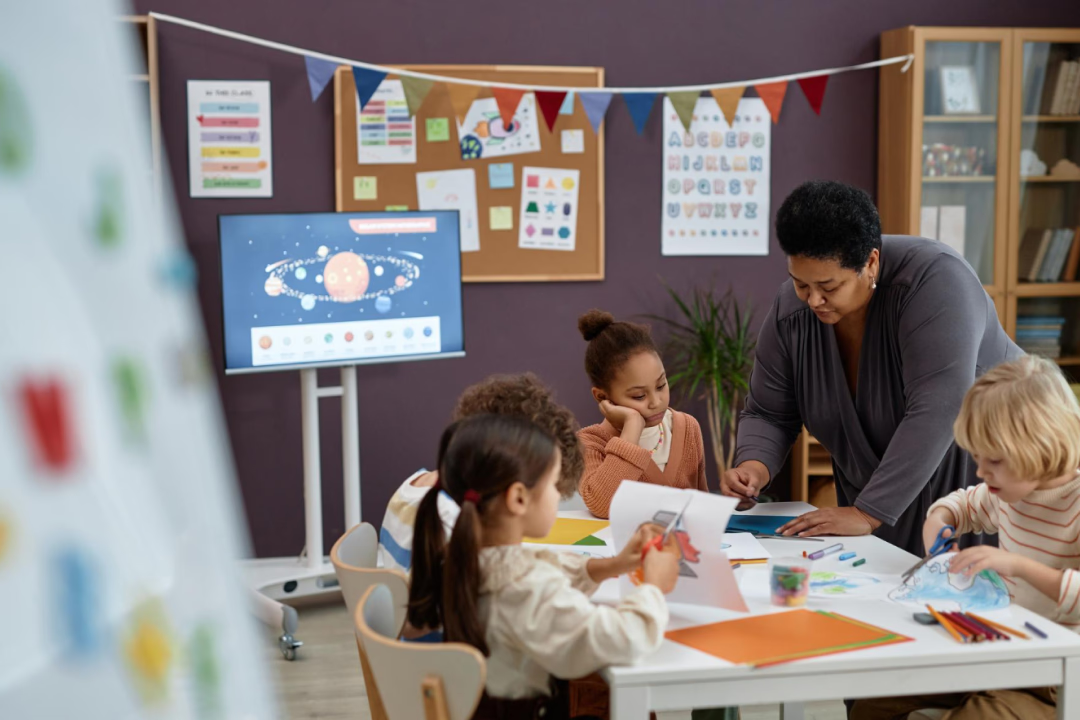Ms. Taylor was teaching a lesson on ecosystems. Her slides were ready, and her plan was solid. But as she looked around the room, she noticed blank stares and wandering attention. One student whispered to another. Another yawned. She paused and thought, “What can I do to make this more engaging?” This moment led her to explore innovative teaching methods that could spark interest and engage students more effectively.
Like many teachers, she didn’t need to change the content—just how it was delivered. By rethinking her approach, she could transform traditional lessons into engaging, student-centered experiences using proven, innovative methods.
Before we explore each of these methods, let’s examine why innovative teaching methods are essential today and how they can transform everyday learning.
Today’s students are more curious, independent, and easily distracted, making traditional lectures more challenging to hold their attention. That’s where the importance of innovative teaching methods comes in—they help teachers create active, engaging, and relevant lessons.
Such methods help students build important skills like communication, critical thinking, and teamwork. They also make teaching more enjoyable and flexible.
Trying something new in the classroom doesn’t have to feel overwhelming. Here’s a list of innovative teaching methods that are easy to try and highly effective.
The flipped classroom is one of the most practical innovative teaching methods to be used in the classroom today. In this method, students learn basic concepts at home through short videos, readings, or slides. Class time is used for discussion, collaboration, and application. This shift turns the classroom into a space for deeper learning and active student engagement.
Why it works:
It helps students take responsibility for their learning and allows the teacher to focus on problem-solving and personalised support during class.
Classroom example:
After watching a short video on food chains at home, students in class work in pairs to create their food web using local examples. You guide the activity and ask probing questions to check understanding.
Among many innovative teaching methods examples, the flipped classroom stands out for its flexibility and impact on student participation.
Project-Based Learning (PBL) allows students to explore real-world problems by working on meaningful, hands-on projects. Instead of learning through isolated lessons, students investigate a challenge, research solutions, and present their findings. It’s a proven new innovative teaching method that helps students develop real-life skills and deep understanding.
Why it works:
Innovative teaching methods encourage students to collaborate, think critically, and connect classroom learning with real-life challenges, preparing them for success beyond school.
Classroom example:
Pose the question: “How can we make our school more eco-friendly?” In small groups, students develop ideas like starting a compost bin or reducing plastic use. You guide their thinking and support their planning, without the pressure of mapping out a full-scale project.
Inquiry-Based Learning puts students in charge of asking questions, investigating answers, and drawing conclusions. Instead of giving them information upfront, you guide them to explore a topic by thinking deeply and curiously. It’s one of the most student-centered approaches among today’s innovative teaching methods examples.
Why it works:
This method taps into students' natural curiosity by encouraging them to ask their own questions and seek answers. It deepens engagement and retention because students actively construct knowledge, not just receive it. They build critical thinking, research skills, and independence along the way.
Classroom example:
Show a photo of a dried-up river. Ask, “What questions come to mind when you see this?” Students may ask about causes, impact, or solutions. You list their questions and help them choose one to explore further.
Gamification brings game elements into the classroom to make learning fun, motivating, and interactive. It can include point systems, team challenges, badges, or time-based activities. As one of the most engaging and innovative teaching methods, it turns routine lessons into something students look forward to.
Why it works:
Games naturally encourage participation, competition, and teamwork. They provide instant feedback and create a lively classroom atmosphere that keeps students motivated and actively involved in learning.
Classroom example:
Turn a vocabulary review into a “Fastest Finger First” game. Students answer in teams, earn points, and track their scores. You observe how well the format helps them recall and apply what they’ve learned.
Design Thinking is a problem-solving approach that encourages students to understand user needs, brainstorm ideas, create prototypes, and test solutions. It’s one of the most creative and practical innovative teaching methods to be used in the classroom, especially for developing real-world thinking skills.
Why it works:
It helps students build empathy, think beyond the obvious, and take ownership of their ideas. It shifts the focus from simply completing tasks to solving meaningful problems, which increases engagement and relevance.
Classroom example:
Pose a challenge: “How can we make our classroom more inclusive?” Students work in pairs to list ideas, sketch a quick solution, or describe how it would work. You observe how they approach the problem and support creative thinking.
Differentiated Instruction involves tailoring lessons to meet students' needs, abilities, and learning styles. Instead of a one-size-fits-all approach, this method keeps the content the same but changes the way students engage with it to suit their strengths. It’s one of the most adaptable and inclusive innovative teaching methods examples used in modern classrooms.
Why it works:
Not all students learn the same way. This method ensures that everyone can access the lesson, whether they need more time, a different format, or a different level of challenge. It promotes equity and personalised learning.
Classroom example:
During a writing task, offer students two options: complete a guided paragraph using prompts, or write a short opinion piece on a topic of their choice. You support both groups with feedback and adjustments as needed.
Cooperative Learning is when students work in small groups to complete tasks, solve problems, or explore ideas. Each student takes on a specific role, ensuring that everyone contributes. It’s one of the most effective new innovative teaching methods for building teamwork and communication skills in the classroom.
Why it works:
When students collaborate, they learn to listen, explain, and support each other. This builds not only academic skills but also social and emotional growth. It turns the classroom into a shared learning space where every voice matters.
Classroom example:
Ask small groups to list five ways to improve school life. Assign roles within each group and have them present one idea at the end. You observe how well students interact and guide them as needed.
Innovative teaching isn’t about doing more—it’s about doing things differently. With students needing more engagement, flexibility, and real-world connections, innovative teaching methods are more important than ever. But trying something new doesn’t have to feel risky or overwhelming.
The new innovative teaching methods shared in this blog are practical, proven, and easy to adapt. When used intentionally, they can transform both student learning and your own teaching experience.











.avif)




